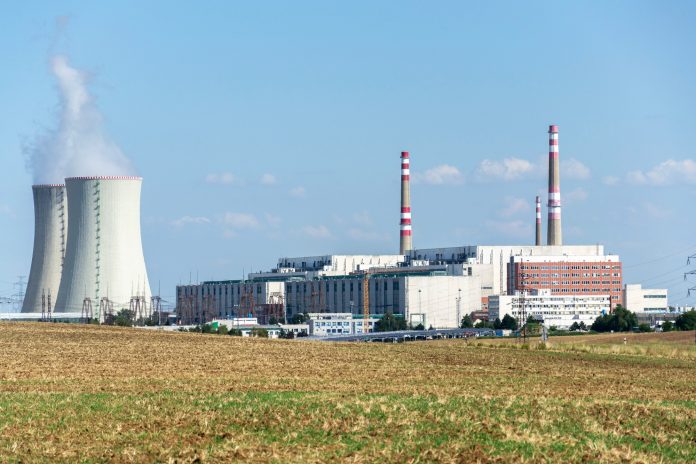In a notable rebound for the U.S. uranium industry, domestic production of uranium concentrate has surged to its highest levels since 2018, driven by rising prices and increased production capacity. This trend provides significant insights for small business owners in the energy sector, particularly those interested in the evolving landscape of nuclear energy.
According to the U.S. Energy Information Administration, which recently published its Domestic Uranium Production Report—Quarterly, the momentum in production is largely attributed to two in-situ recovery facilities in Texas and Wyoming, alongside the resumption of operations at the White Mesa Mill in Utah—currently the only operational uranium mill in the United States. The report highlights that production in the fourth quarter of 2024 alone outpaced the total annual output for each of the previous five years, marking a critical turning point for the industry.
This upsurge in uranium production comes at a time when interest in nuclear energy is on the rise, thanks to its potential as a reliable, low-carbon energy source. “Energy Fuels’ White Mesa Mill in Utah can produce uranium, rare earth and other minerals, and vanadium, which is used in steelmaking among other purposes,” noted the company’s annual financial disclosures, indicating a diversified approach to production.
For small business owners, this renewed focus on uranium production presents several key benefits. First, the increasing availability of uranium may reduce costs for businesses looking to engage in nuclear energy. As prices stabilize and production ramps up, those involved in nuclear technology could see enhanced profit margins. Additionally, uranium concentrate finds vital applications not only in fueling civilian nuclear reactors but also in medical fields where isotopes are used for diagnostic and treatment purposes.
Moreover, uranium processing has broader implications for supply chain dynamics. For stakeholders and suppliers in related sectors, this growth signals potential opportunities for partnerships within extraction, conversion, and conversion processes. As uranium goes through conversion and enrichment before being crafted into fuel rods or pallets, businesses could explore opportunities in providing ancillary services or products to streamline these processes.
However, small business owners should be mindful of potential challenges attached to this growth. The nuclear sector remains heavily regulated, with compliance requirements that might pose hurdles for newcomers. Consequently, any business looking to enter this space must invest time and resources into understanding these regulations and ensuring adherence. Understanding the complexities of working with nuclear materials is paramount, as is the necessity for ongoing training to address safety and environmental concerns.
Another challenge is the fluctuation in uranium prices, which, although currently on the rise, can be influenced by a myriad of global factors including geopolitical tensions, energy policies, and competition from alternative energy sources. For instance, shifts toward renewables could change market dynamics, impacting both the current production landscape and future investments.
Overall, the resurgence of uranium production in the United States not only highlights the industry’s recovery but also reflects a growing acknowledgement of nuclear energy’s role in the broader energy sector. As small businesses navigate this evolving landscape, proactive measures, and strategic investments will be crucial for capitalizing on the changes ahead.
For further details about the domestic uranium production statistics and analysis, visit the U.S. Energy Information Administration’s report here.
Image Via Envato: wirestock



